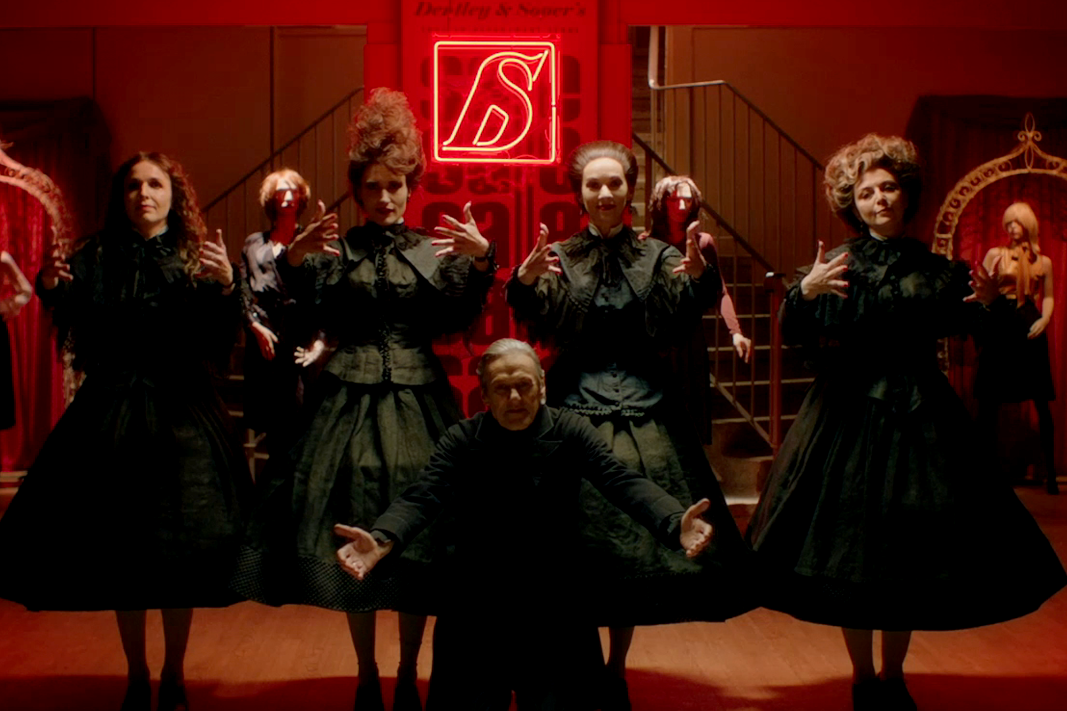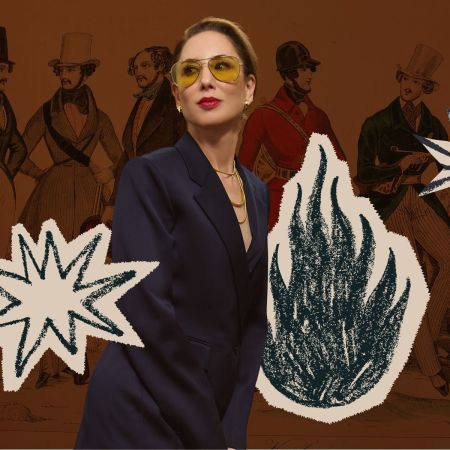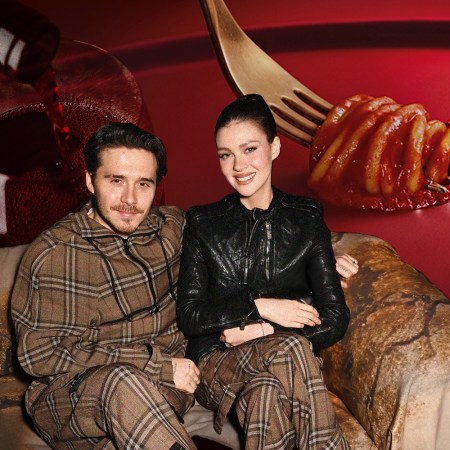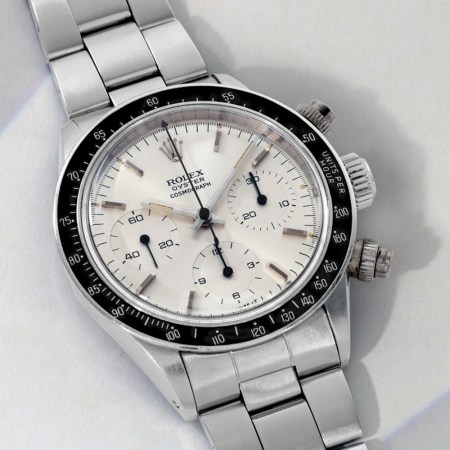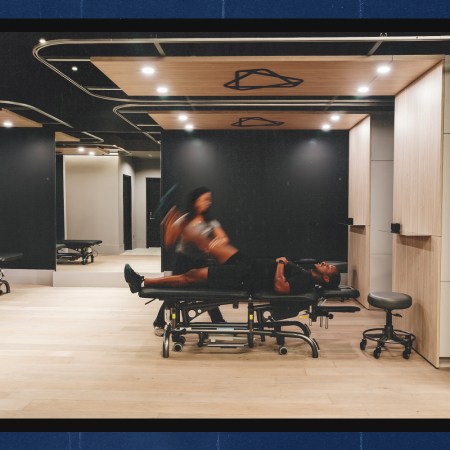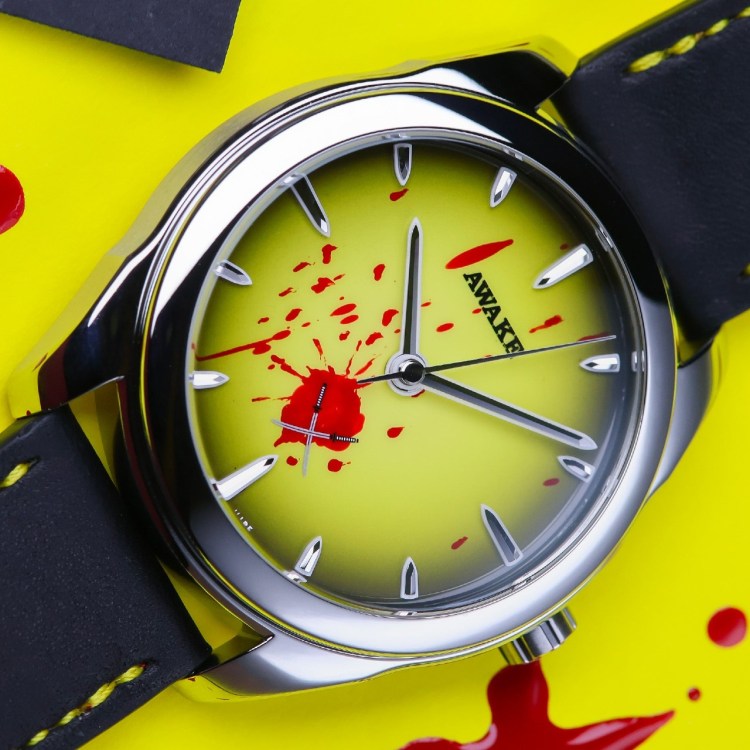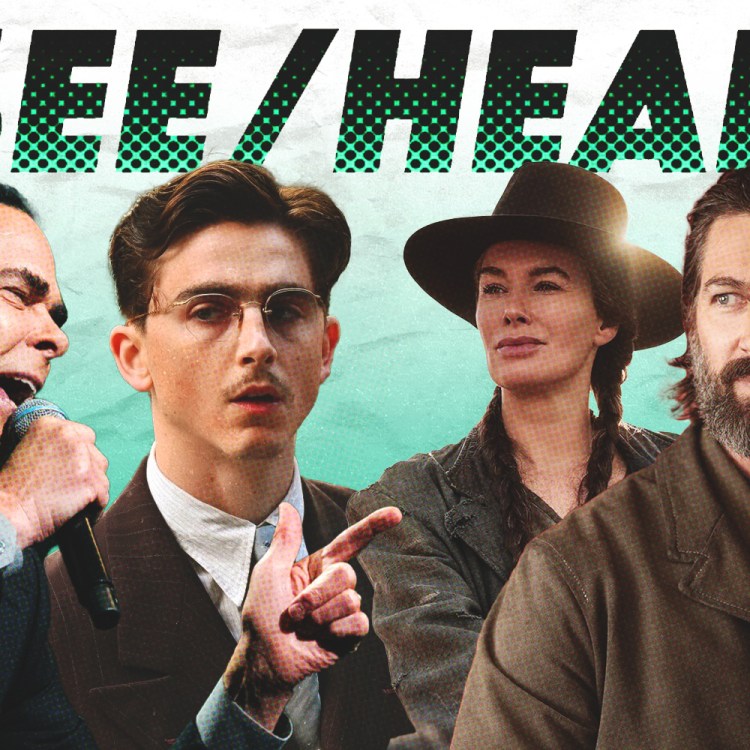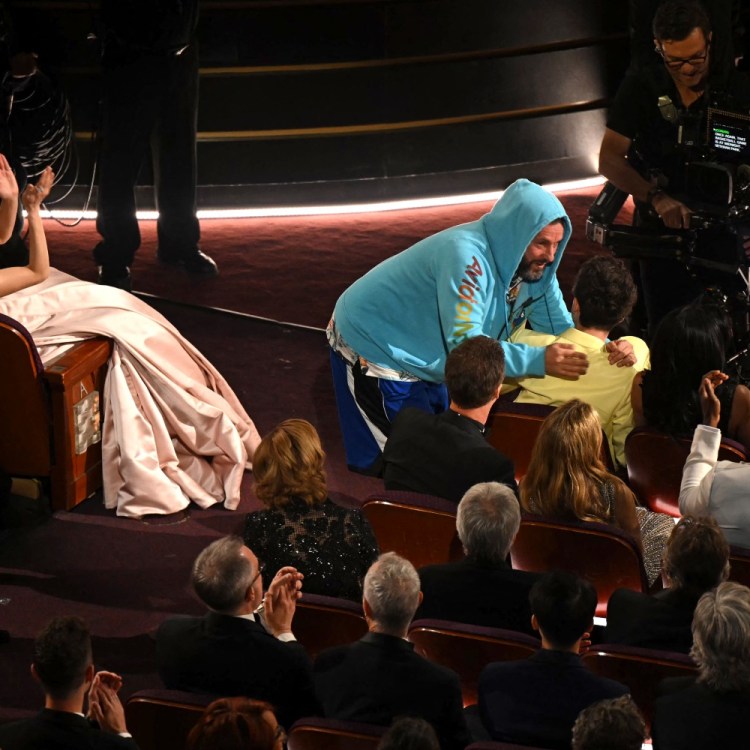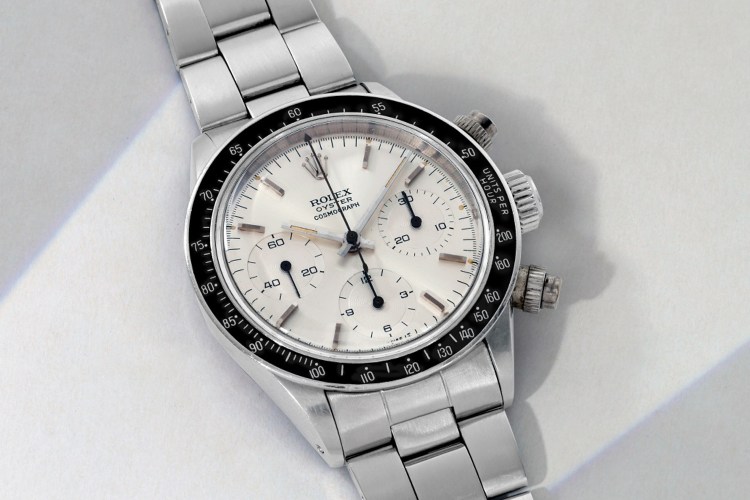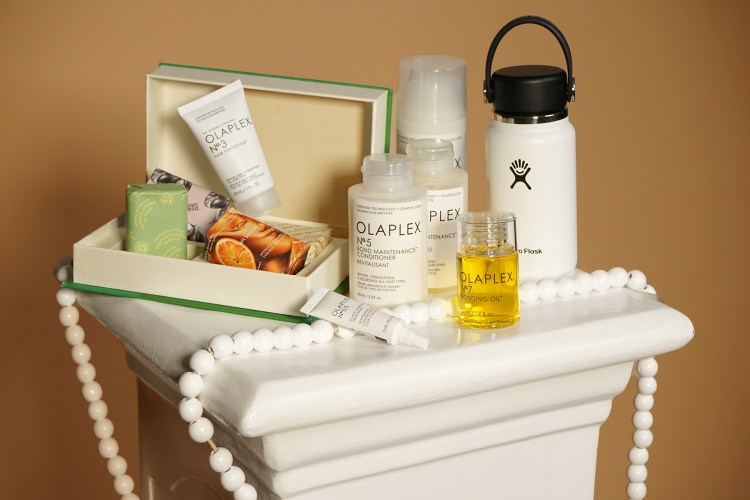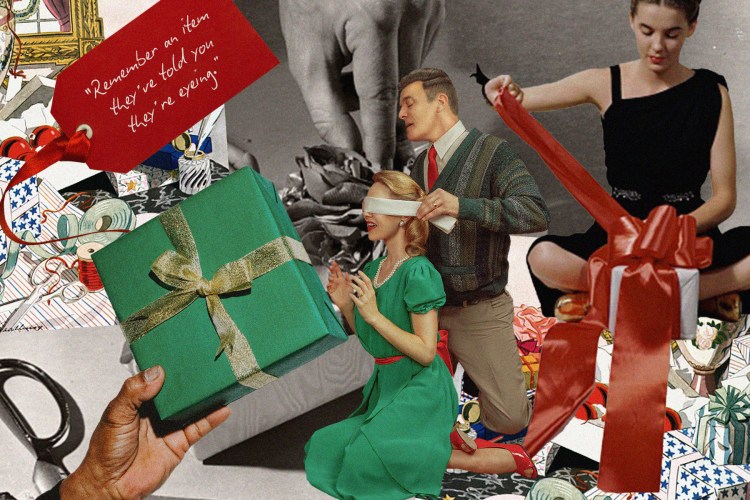“When I was a kid, I was terrified of mannequins in department stores.”
Filmmaker Peter Strickland has been haunted by dummies his entire life, starting with his boyhood in the Reading area of England’s Berkshire County. He would repeatedly sketch their eerie bald heads, curvaceous figures and lifeless eyes the way other kids doodled 3-D cubes, eventually developing an interest in the frightful sculptures of Edward Kienholz. While sitting down with InsideHook at the Toronto International Film Festival back in 2018, Strickland describes Kienholz’s diabolical creations as “just remarkable, with the resin dripping right off the faces, really powerful images.”
When the time came to start making art of his own instead of merely studying it, Strickland still couldn’t shake the lingering ghost of the mannequins from his youth. His breakout film, Berberian Sound Studio, an atmospheric gem of psycho-horror set at an Italian facility for recording audio effects, was all about manufacturing artificial approximations of real things. Two years later, in the critically adored romance The Duke of Burgundy, he filled out group shots with fully attired, life-size artist’s models instead of actors. “In the long run, the mannequins were more expensive than extras would’ve been,” he chuckles.
Strickland came to Toronto for the premiere of his latest film, In Fabric, a feature-length aria of the uncanny that burrows into the creepier corners of High Street fashion. He excels when it comes to coaxing the metaphysical out from the physical, having rendered the nuts and bolts of foley work as a claustrophobic nightmare for Berberian Sound Studio and turned entomological diagrams into talismans of love for The Duke of Burgundy. But In Fabric pushes this practice to a bracing new extreme, as Strickland foregrounds the idea of common items possessing a totemic power in the text.
The film’s unusual bifurcated structure follows single mother Sheila (Marianne Jean-Baptiste) for its first hour as she tries to get back out there and meet someone nice. The second joins nudnik washing machine repairman Reg (Leo Bill) as he prepares to marry his fiancée. The thread connecting them is of the literal sort, in a deep crimson hue termed “arterial red” and connected to an accursed dress. The bewitched garment passes from one character to the next, bringing with it chaos, violence and eventual condemnation to Hell. “We assign our clothes a power, not necessarily supernatural,” Strickland says. “I’m fascinated with objects, mostly because they don’t reply back and you don’t have to deal with agents.”
The dress in question comes from the department store Dentley and Soper’s, a temple to consumerism with a palpable, mystical air. In this immaculate “world unto itself,” as Strickland describes it, the peculiar head saleswoman (Fatma Mohamed, an instant breakout) removes her scalp and turns back into a mannequin after shopping hours. Her transactions have an elemental hum to them; maybe it’s in the faintly orgasmic satisfaction she seems to get from closing a sale, or maybe it’s in the shamanic way she speaks with customers. “The hesitation in your voice, soon to be an echo in the recesses of the spheres of retail” is how she sells Sheila on the dress, the first hint that the innocent act of buying something new has been perverted into a dark, ancient ritual.
“I look to find the mystery in public places, you know?” Strickland asks. “I wanted to have a kid’s viewpoint on things. I remember there was a dumbwaiter at a department store I grew up around in Reading. Did the staff go in there at night? Where’d they sleep? What happens when people aren’t around? There’s a euphoria to these places as well. People can go in a changing room feeling quite drab and come out transformed and wonderful and empowered. Others come out feeling inadequate, ugly, dysmorphic. It’s made up of mysterious places, the world of shopping.”
Strickland talks about what U.K. residents colloquially refer to as “the sales” like they’re a planet unto themselves, but he realizes the space as if it’s in an alternate dimension. Every detail has been honed to an unnatural perfection, with the filmmaker meticulously matching nail-polish hues to the color of the finery being purchased. The crowning achievement of production design could very well go unnoticed by less sharp-eyed viewers; Strickland and art director Felicity Hickson whipped up a full catalogue, less as a prop and more as an aesthetic roadmap. They brought women with a vintage look in to model, and Strickland wrote the fleetingly glimpsed copy with the help of Hickson’s boyfriend Ed.
“The department-store catalogue was a big deal in the ‘60s and ‘70s,” Strickland explains. “They’d come through the mail, but some would go to the store just to get their copy. The quality of the paper, even, we spent a lot of time tinkering with the weight of the paper. The thinner the page, the more sensual the sound when you turn it. It’s 80gsm [grams per square meter], for the record. I wanted this autonomous sensory response from the tactile nature of sounds. Graphite on paper, whispering, fingers stroking fabric, all that.”
He’s inspired by the banality of the department store as a cultural construct, and its contrast with such extraordinary behavior as Black Friday stampedes and altercations over the last chamise in the perfect size. “I saw two men, adult men, fighting over a pair of trainers at a sale,” Strickland wistfully recalls. There’s always been something slightly perverse about malls, in his estimation. He sees his film as being informed by Dawn of the Dead, George A. Romero’s zombie classic which pointedly trapped a band of humans in a faceless shopping center. (Curiously enough, he’s never seen the relevant Twilight Zone episode, “The After Hours,” another key entry in the compact canon of mannequin fiction.)
I’m fascinated with objects, mostly because they don’t reply back and you don’t have to deal with agents.
Perversity is really the name of his game here, a theme crystallized by a showstopping scene involving furious masturbation and ejaculate majestically arcing through the air onto sexy textiles. Strickland intended the image of semen on the dress — a bit of iconography not so far from the American collective memory — to reconcile everything sacred and vulgar about couture, but the money shot never made it through the edit. “We all have bodily fluids on our clothes,” Strickland mutters, “and yet it’s a deep taboo!”
He holds clothing in a stature of reverence and irreverence in equal measure, aware of both the significance we invest in what we wear as well as the absurdity of that investment. On paper, it should feel a bit silly that we can develop a deep, sentimental attachment to something mass-produced and then purchased for eight bucks. In practice, however, it feels as natural and essential to our human functioning as eating or breathing. This qualifies as prestidigitation, not quite of the caliber that compels a dress to float into the air and strangle its victims, but a form of magic nonetheless. When faced with the question of whether he’s got anything in his wardrobe that he feels particularly strongly about, Strickland gives a characteristic answer conveying the doublethink that clothes can make the man — even if they’re just clothes.
“Maybe this shirt,” he says, gesturing to a nondescript brown long-sleeve he’s selected for his press day. “I wore this four years ago, when I premiered The Duke of Burgundy. That choice was more of an anti-consumerist statement, that I don’t need to dress up to promote a new film. It helps that I don’t own all that many shirts.”
This article appeared in an InsideHook newsletter. Sign up for free to get more on travel, wellness, style, drinking, and culture.
